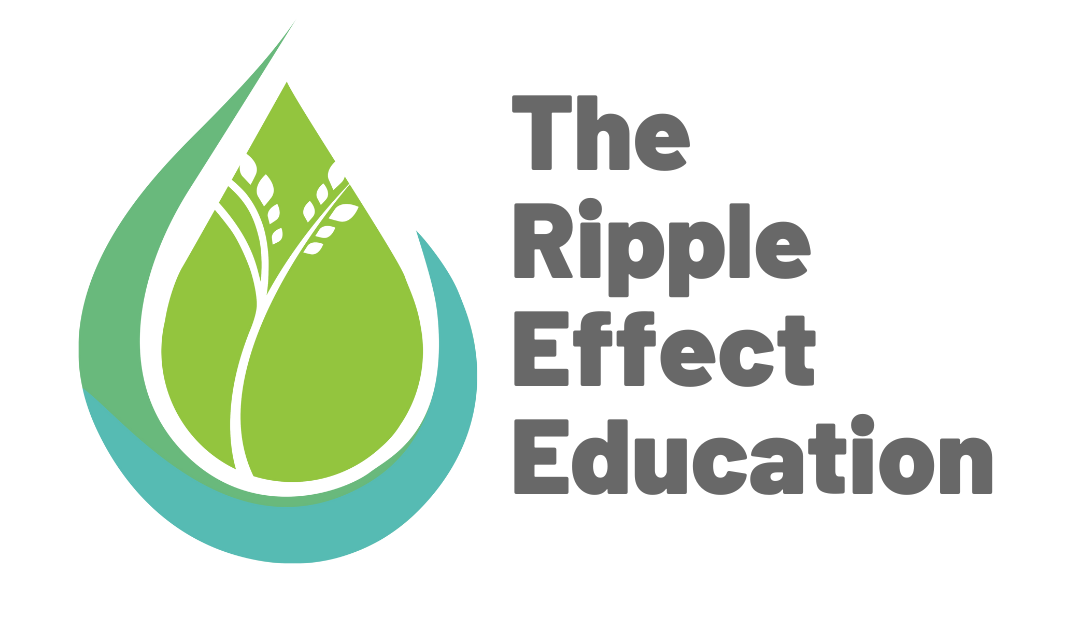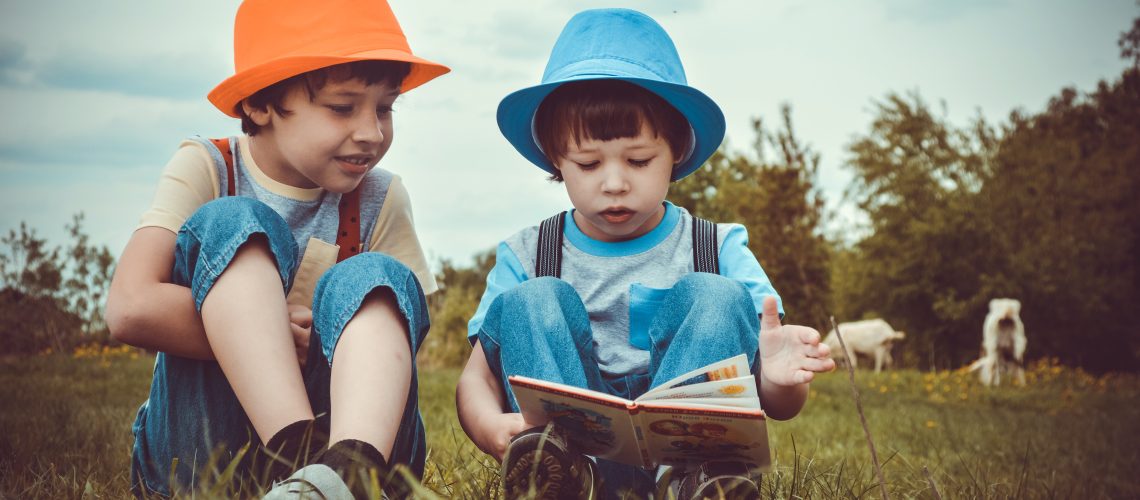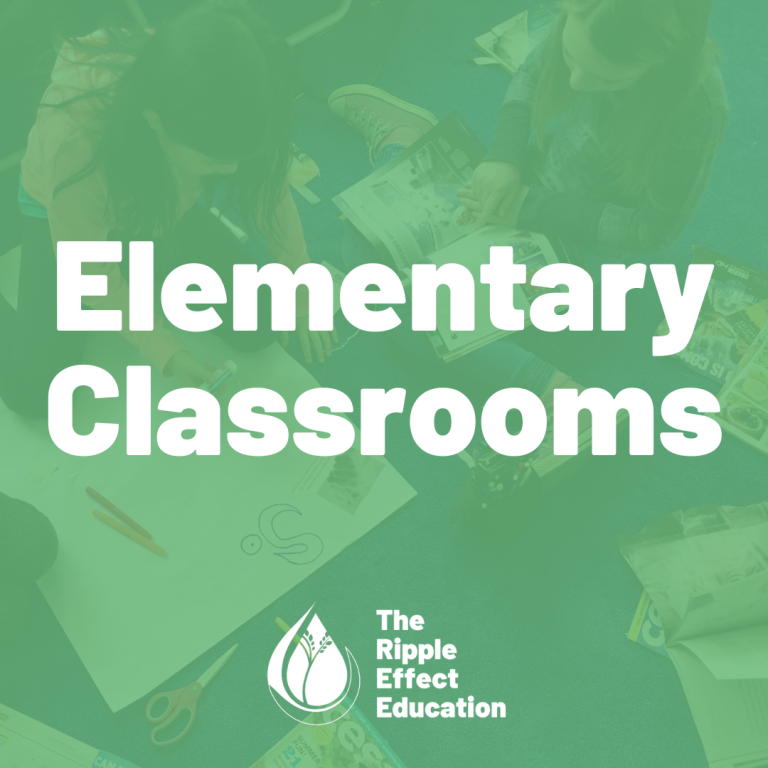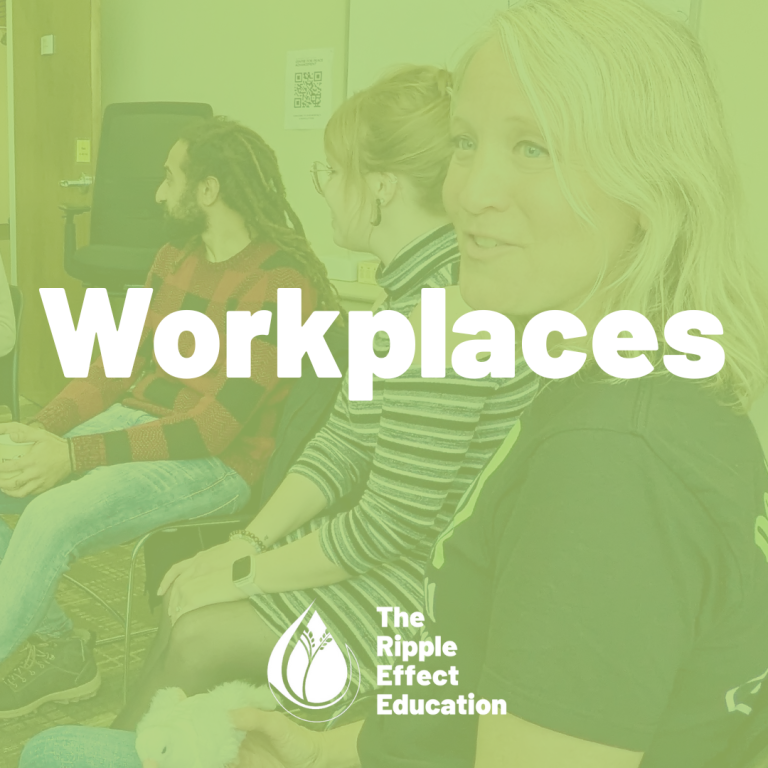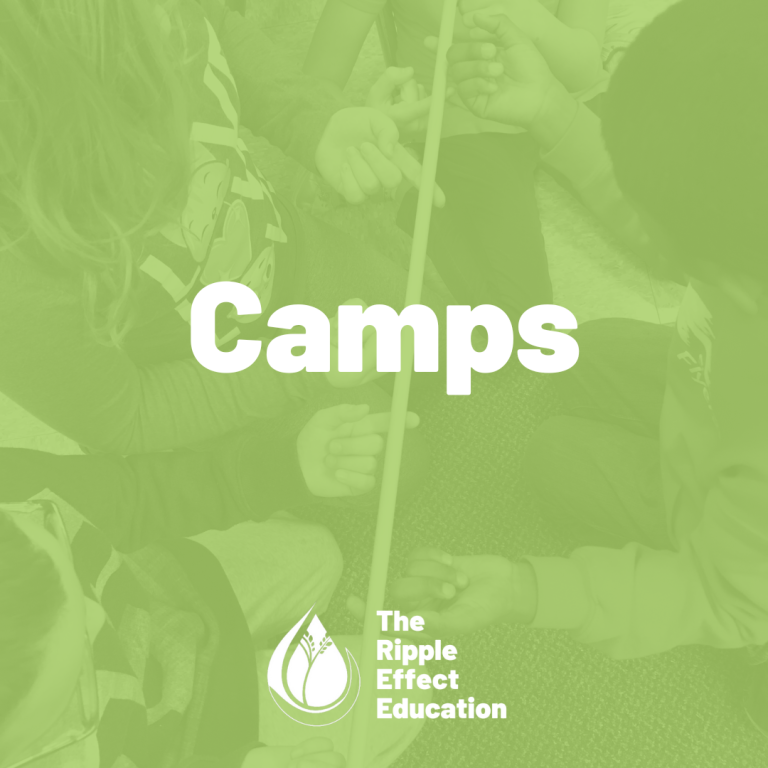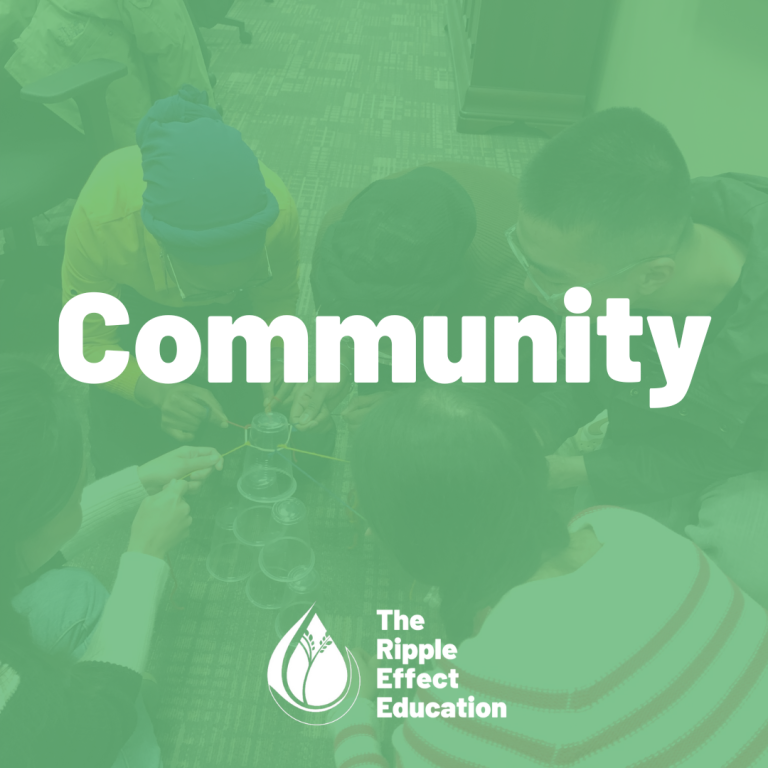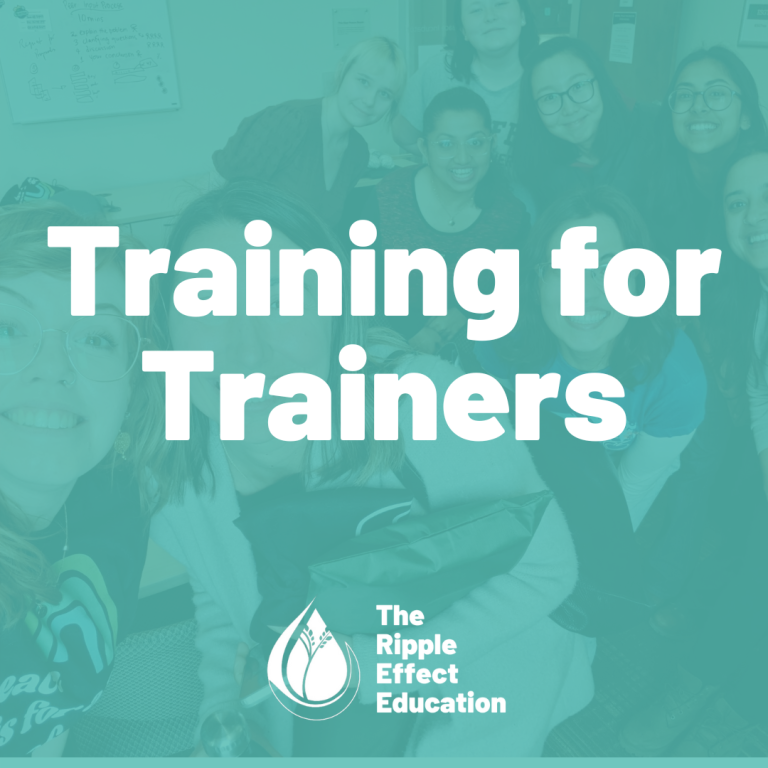We all have a favourite book from childhood. Mine was the Chronicle of Narnia series. My father would read me a chapter before bed every night, and we would curl up on the couch together until I couldn’t fight my eyelids from closing.
Children’s books have a particular way of bringing us back into a time and place; they are significant markers of the childhood experience.
Books also have the ability to speak important messages into a child’s life. We can ask our child to respect others, share their toys and be thankful for what they have, but sometimes the message needs a practical example. The very act of reading about another person’s story, fiction or not, encourages empathy as we put ourselves into the conflict and tension existing within the story.
We carefully choose the stories we read in TREE workshops, because we know the right book can create a space that invites children develop empathy and practice problem-solving. Here are five of our favourites.
What Does it Mean to be Present? by Rana DiOrio
Peace themes: mindfulness, self-regulation
Grade Level: K-3
This book explores how children can be present within their everyday context, including listening carefully, noticing when someone needs help and focusing on the present moment. For busy children and adults, this book is a beautiful reminder to slow down and notice what is happening around us.
The Way I Feel by Janan Cain
Peace themes: emotions, self-regulation
Grade Level: K-3
At TREE, we equip children with the language to express what they are feeling. This book explores several emotions a child might feel; scared, disappointed, happy, sad. Having the words to identify emotions is an important step for children to share how they’re feeling with their friends, classmates and family.
The Sandwich Swap by Queen Rania of Jordan and Kelly Di Pucchino
Peace themes: empathy, respecting differences, problem-solving, friendship
Grade level: K-4
In this story, Salma and Lily learn how a simple difference can create tension amongst friends. A difference in food preference escalates to the point of a food fight, and both friends must learn how to accept and appreciate each other.
Peter’s Chair by Ezra Jack Keats
Peace themes: jealousy, fairness, problem-solving
Reading Level: K-2
In this story, Peter begins to experience jealousy at the arrival of his new baby sister. As things in his life begin to change, he takes back his favorite blue chair even though it no longer fits him. As Peter comes to terms with these changes, he learns how to let go of jealousy and ask for what he really needs.
The Brand New Kid by Katie Couric
Peace themes: inclusion, advocacy
Reading Level: K-2
Lazlo is a new kid in school. He is different than his classmates and they begin to tease and exclude him. When one of his classmates, Ellie, invites Lazlo to play, they develop a friendship, and begin to understand their differences. Ellie shows readers how to advocate for others who may feel lonely or excluded.
What are your favourite stories that inspire peace? Tell us below!
 Rachel Watson is a content writer based in Kitchener-Waterloo. She is passionate about using her writing to provoke thought, connect others, and create impact. After spending two years developing curriculum content for The Ripple Effect Education, she now works as a communications writer at Sun Life and as a freelance writer around town. She is a member of TREE’s advisory team.
Rachel Watson is a content writer based in Kitchener-Waterloo. She is passionate about using her writing to provoke thought, connect others, and create impact. After spending two years developing curriculum content for The Ripple Effect Education, she now works as a communications writer at Sun Life and as a freelance writer around town. She is a member of TREE’s advisory team.
